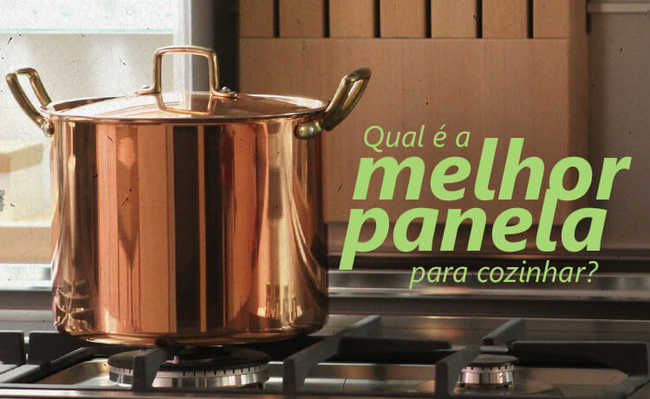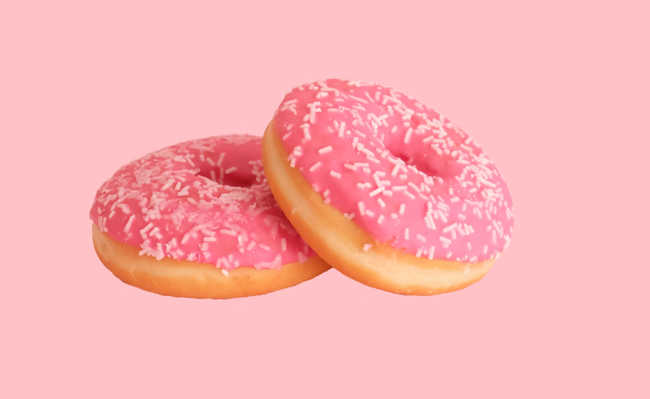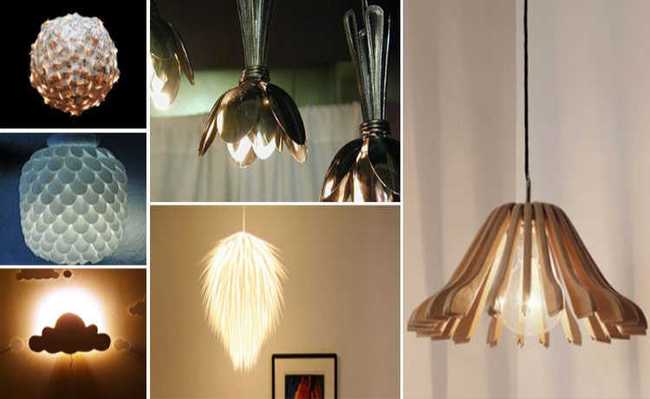What is trypophobia?
Trypophobia arises when a person sees an object or surface with small grouped holes or regular shapes

Edited and resized image by Caleb Woods is available on Unsplash
Trypophobia is a fear, aversion or disgust of clustered holes. People with trypophobia experience an unease, chills and chills when they look at surfaces that have small holes together or symmetrical surfaces grouped together. An emblematic example that causes trypophobia is the seed pod of the lotus flower.
- Lotus flower: meaning, uses and benefits
Triggers that can cause trypophobia are usually:
- Honeycombs
- corals
- Skimmer with holes
- pomegranates
- Grouped blisters on the skin (such as herpes)
- Water drips
- insect compound eye
- circular designs on the skin
- textures
- Spots on the skin of people and insects
Trypophobia Symptoms
Trypophobia arises when a person sees an object with small grouped holes or grouped symmetrical shapes. If these textures and shapes are in human skin, trypophobia is amplified.
Upon seeing a group of holes, people with trypophobia react with disgust, disgust, or fear. However, what is a trigger for one trypophobic may not be for another. Some of the symptoms include:
- Goosebumps
- repulsion
- Discomfort
- Anguish
- Itch
- Sweat
- Nausea
- Chills
- Acceleration of heartbeats
- Anxiety
- Panic attack
What do science and psychoanalysis say about it?
One of the first studies on trypophobia, published in 2013, suggested that this kind of fear could be a genetic inheritance. The researchers found that trypophobia was triggered by high-contrast colors in a particular graphic arrangement. They argued that people affected by trypophobia were subconsciously associating harmless items such as lotus seed pods with dangerous animals such as blue-ringed octopus.
A study published by the journal Psychological Science claims that trypophobia is triggered by stimulating a primitive part of the brain that associates the holes with something dangerous.
Another study published in April 2017 showed that when children were exposed to images of poisonous animals with trypophobia-triggering skin textures, they felt repulsed; and when exposed to the same venomous animals without the hole-shaped patterns, the revulsion disappeared.
However, the American Psychiatric Association of the “Diagnostic and Statistical Manual” (DSM-5) does not recognize trypophobia as an official phobia.
For some psychoanalytic scholars, on the other hand, there is an obvious relationship that images of seemingly inorganic holes, which should not be there, have with the denial of castration (a concept in Freudian psychoanalysis) and the horror of emptiness and lack.
Risk factors
Not much is known about the risk factors linked to trypophobia. But a 2017 study found a possible link between trypophobia, major depressive disorder and generalized anxiety disorder (GAD). According to the researchers, people with trypophobia were more likely to also experience major depressive disorder or GAD. Another study published in 2016 also looked at a link between social anxiety and trypophobia.
Images that cause trypophobia
In this article we avoid placing images that cause trypophobia to avoid possible discomfort. But if you're curious or curious about it, check out the website: trypophobia.com.










